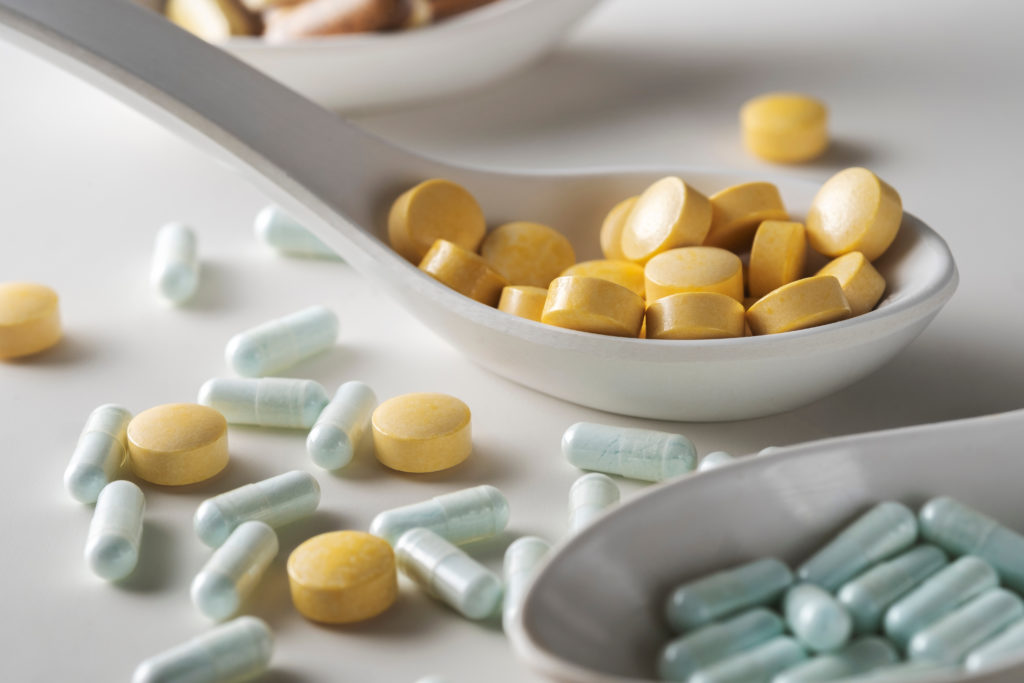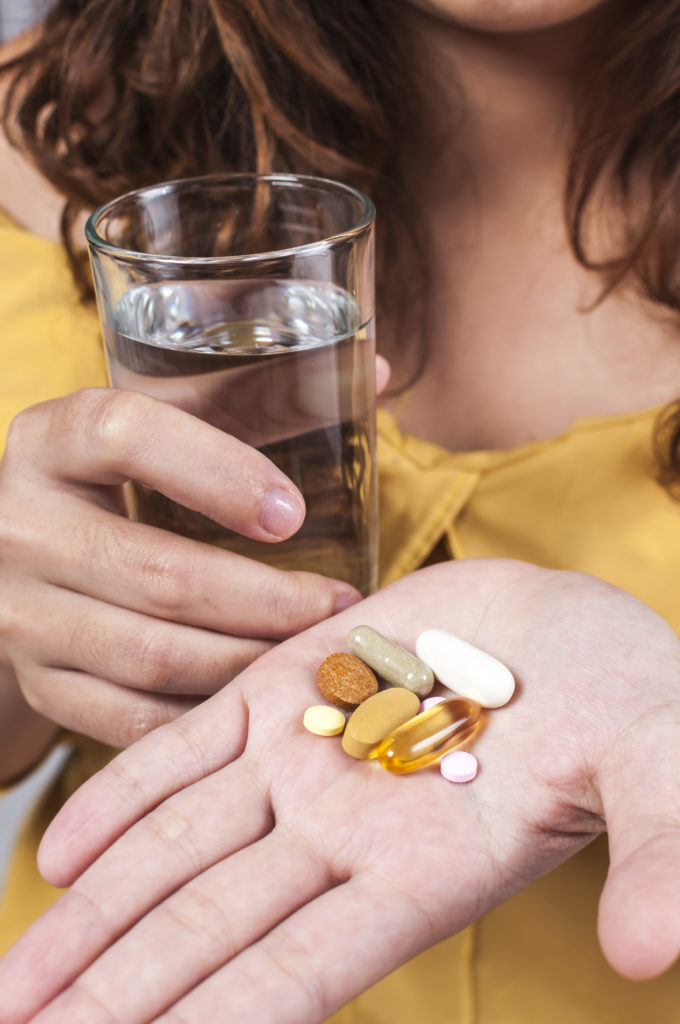Learn distinctive differences between Nutraceuticals and Pharmaceuticals

Recently, the market has been flooded with hundreds of dietary supplements and other nutraceuticals products. It is important to understand the need and benefits of nutraceuticals before consuming them. Nutraceutical is a term derived from “nutrition” and “pharmaceutical”, which means products that are isolated from dietary supplements, herbal products, and processed foods having nutritional value and can be used for preventing or curing ailments. A pharmaceutical drug is a substance or an active ingredient that is used for medical purposes without any nutritional value. A drug is chemically synthesized in the laboratory and is mainly used for treating or curing a disease. Nutraceutical products are used to replenish essential micronutrients in the body and are thus used for preventing a disease.
Every country has its own guidelines and regulations for approving pharmacological agents or drugs for sale, manufacturing, etc. For commercializing the products, prior permission is required from governing authorities like the US FDA, EMA and so on. Though this may not be implicated in the case of nutraceuticals. Pharmaceutical companies which formulate a novel product have a chance of getting a monopoly in the market by claiming different intellectual property rights, whereas nutraceutical companies producing supplements from natural sources cannot claim patents as there is no novelty in them.
Though both of them might be used for curing, compared to drugs, nutraceuticals that are produced naturally have fewer side effects and more therapeutic benefits. This could be a probable reason for the increasing demand for nutraceuticals in the market. A nutraceutical supplement may have an amino acid, vitamins & minerals, or a combination of ingredients such as vitamin C and iron, calcium and fish oil as well as green tea.
A pharmaceutical agent is prescribed for specific disease conditions such as cardiovascular disorders and neurological disorders as it has a specific mechanism of action, but a nutraceutical supplement can be promoted for the overall well-being of an individual. For example, supplements such as vitamins, minerals, antioxidants, dietary fibers, Coenzyme Q10, and omega-3 polyunsaturated fatty acids with physical exercise can help to prevent and treat CVD. The flavonoids found in wine, grapes, grape juice, grapefruit, berries, and pomegranates exert a powerful antioxidant effect. They protect the vascular system and reduce the risk of coronary heart disease and myocardial infarction.
| PARAMETERS | NUTRACEUTICAL | PHARMACEUTICAL |
| Origins | Naturally obtained | Synthetically derived |
| Main focus | For prevention of disease, general well-being and reducing symptoms | For treating an illness and its symptoms |
| Recovery rate | Slow, but works on the root cause to prevent the disease | Instant or speedy recovery from the disease condition |
| Side effects | No severe side effects | Severe side effects are associated with drugs |
| Prescription | Not required | Required except for OTC drugs |


In the market, there are many nutraceuticals for preventing diabetes and its complications. Cartenoids such as Lutein and Zeaxanthin are used for preventing visual disorders. Dietary fibers are good for gut health and also reduce obesity. Similarly, probiotics (live, viable microbial organisms) promote gut immunity.
In conclusion, the Hippocrate’s saying “let medicine be thy food, let food be thy medicine” is more applicable to the modern age of sedentary lifestyle. Nutraceuticals help in improving health, delaying aging, preventing chronic diseases, or supporting the structure and function of the body. Nowadays, nutraceuticals have received considerable interest due to their immune boosting potential, good quality, safety, and therapeutic effects.
FOLLOW
Dr. Anish Desai on Instagram for more information on the world of Nutraceuticals
Include ‘scan me’
References:
Nasri, H., Baradaran, A., Shirzad, H., & Rafieian- Kopaei, M. (2014). New concepts in nutraceuticals as alternative for pharmaceuticals. International journal of preventive medicine, 5(12), 1487.
Santini, A., & Novellino, E. (2018). Nutraceuticals- shedding light on the grey area between pharmaceuticals and food. Expert Review of Clinical Pharmacology, 11(6), 545-547.
Daliu, P., Santini, A., & Novellino, E. (2019). From pharmaceuticals to nutraceuticals: Bridging disease prevention and management. Expert Review of Clinical Pharmacology, 12(1), 1-7.
The Pharmaceutical Journal. 2020. What is a nutraceutical? – The Pharmaceutical Journal.











